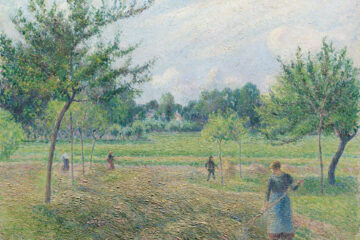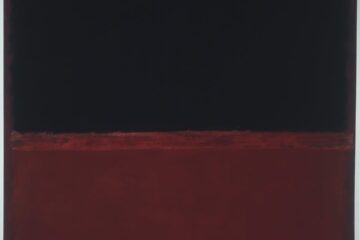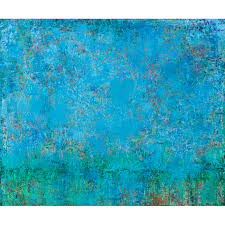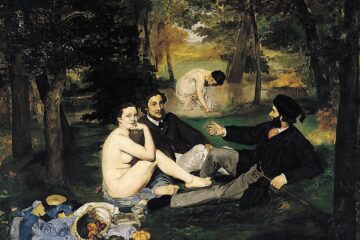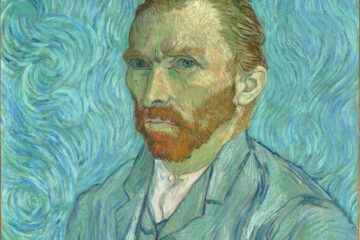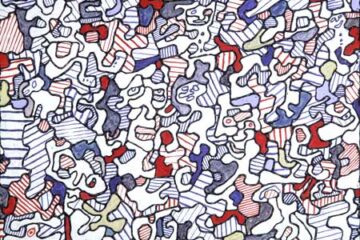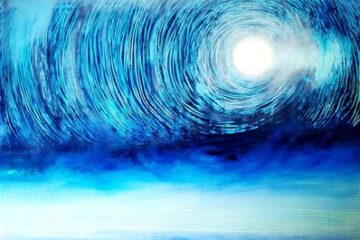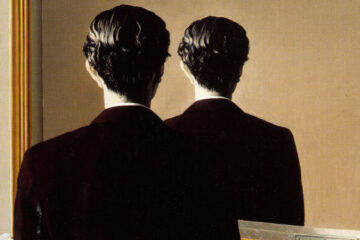To be free is more than release from constraint. It also involves a respect for the well-being of others and a covenantal responsibility for a community.
View the study sheet here. Recording here.
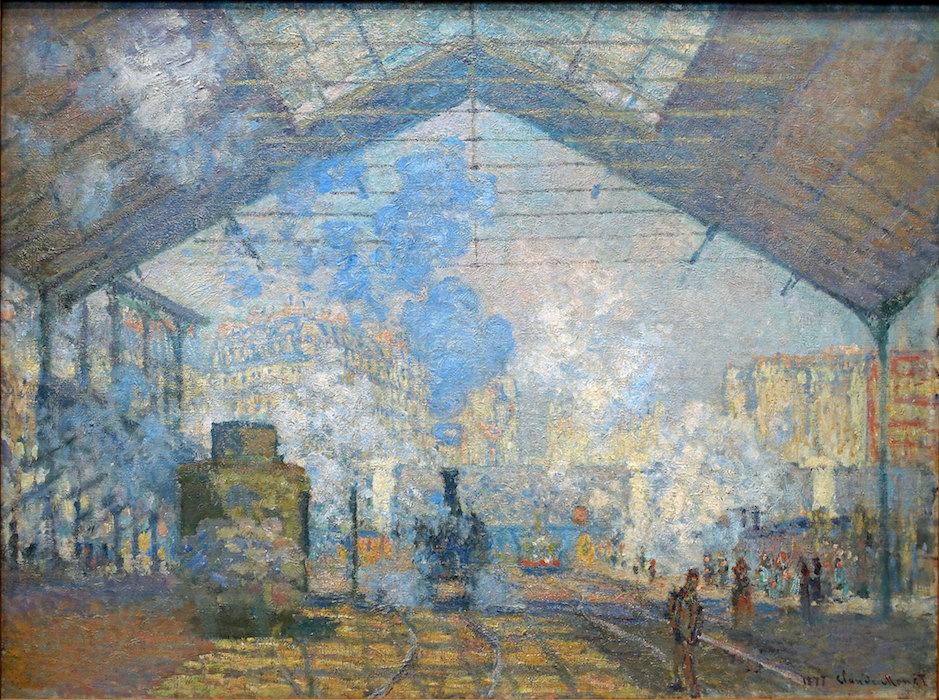
It began as a battle for supremacy between two superpowers: France and Great Britain. In the early 1800s, each sought global dominance, with control over trade routes as the primary focus. As part of its campaign, Britain sanctioned any nation from trading with France. Significantly impacted was the newly emergent country the United States of America. Those trade restrictions, the British practice of capturing and impressing American merchant seamen into the royal navy, and British support of native tribes against expanding American pioneer settlements heated up calls for war against Great Britain.
On June 18, 1812, President James Madison signed a declaration of war against Great Britain. One of the United States’ early strategies to place pressure on Britain was to invade the British colony of Canada. It was assumed that American numerical superiority would ensure easy victory. “The acquisition of Canada,” wrote former President Thomas Jefferson, “will be a mere matter of marching.” It turned out to be not so easy.
American forces conducted three cross-border incursions into Canada. None achieved any lasting strategic success. However, in April 1813, an American force did briefly capture York, the capital of Upper Canada. In the course of that battle, American troops burned the Legislative Assembly and Government House, the official residence of the lieutenant governor.
A year later, in August 1814, British troops marched on Washington, D.C. Upon capturing the city, the British burned government buildings, including the Capitol and the White House.
Upon their withdrawal to Chesapeake Bay, the British army took as prisoner, Dr. William Beanes, who had arrested two drunken and disorderly British soldiers as they passed his home in Upper Marlboro, Maryland. Dr. Beanes was taken aboard HMS Tonnant for eventual transport to Halifax to stand trial as a traitor to the Crown.
Incensed at the violation of international pacts forbidding the capture of non-combatant civilians, President Madison appointed Maryland lawyer Francis Scott Key to negotiate with the British on board the Tonnant for the release of Dr. Beanes. The negotiation was successful, but before Key and Dr. Beanes could return to American soil, the British launched a 25-hour bombardment of Fort McHenry, at the entrance to the city of Baltimore.
Key watched the assault from his truce ship, which was tethered to a British warship eight miles offshore. When he saw through his telescope that his nation’s flag still waved, he was inspired to write a poem. That poem, “The Defence of Ft. M’Henry,” was set in rhyme and meter to an old British drinking song, “To Anacreon in Heaven.” It surged in popularity among the American public. In 1931, Congress passed legislation adopting Keys’ song as America’s national anthem.
Ringing proudly in Key’s composition is the line “land of the free and home of the brave.” Freedom was not an universal concept for Key. He was a slaveowner and founding member of the American Colonization Society, whose initial goal was to send free African Americans to Africa. As Attorney for the District of Columbia, he prosecuted Dr. Reuben Crandall for the “seditious libel” of promoting abolitionist materials, for which Key sought the death penalty.
In a moment of proud fervor at the sight of a single outpost with 1,000 soldiers withstanding an onslaught from 19 Royal Navy warships and 5,000 British troops, Francis Scott Key penned celebratory words about freedom that we still sing today. The world in which we sing those words today and even more importantly the community of those who sing them stand as an example of our evolving understanding and practice of freedom.
There is a re-imagining of freedom that occurs within Parshat Ki Tisa (“when you lift up”). Initially, Moses descends from the top of Mount Sinai with two tablets. They had been inscribed by God. Moses smashes those when he witnesses the Israelites having regressed to an Egyptian model of worshipping only that which can be materially represented. To be free from physical slavery is insufficient for the mission of creating a new model of community, one based on a combination of individual and communal responsibility.
Moses again ascends Mount Sinai. He returns with a second set of tablets. However, there is a subtle shift in a description of their authorship. Instead of the writing being God’s, “Moses wrote down on the tablets.” Midrash takes note of the expanding role of human initiative in this second set. It imagines God blessing this new construction: “Do not grieve about the first tablets. They only contained the Ten Commandments. In the second tablets there will also be halacha, midrash and Aggadah.” These are the products of human interpretation and imagination. The midrash goes on to quote from Ecclesiastes: “To everything there is a season, and a time to every purpose under heaven.”
The brittle structures of Egypt’s truth, arrogantly propounded to be eternal and exclusive, easily crumble. Moses grinds them, in the form of the golden calf, into dust. Truth becomes contextual, demanding the exercise of human attention and intention.
Claude Monet was among that group of painters, the Impressionists, who tore down the walls of classical art, which asserted an eternal and exclusive canon of aesthetics consisting of idealized beauty, proportions, and forms. For classical art, what was beautiful transcended the transitoriness of time. By contrast, Monet and his fellow Impressionists painted the dynamics present in any given moment.
Pictured here is his painting La Gare Saint-Lazare. Dominating the scene are three locomotives, engines of power and movement. Their steam speaks of industry and a restless energy. They will not stay in one place for long. Their purpose is to transport, to break the boundaries of settled place. And to do so with the wondrous speed of 35 or even 50 miles per hour. Three or four times faster than one could travel by horse.
Yet, overpowering even the mighty engines, the substantial apartments seen in the background and the massive structure of steel and glass overhead is steam and light. They swirl about, wrapping all that is material, machine and building and human alike, in their intangible grip. All become dematerialized within their transitory breaths.
Monet’s image is a statement not about the enduring power of industry. It pays homage to the moment, nothing more. The transiency of time, the dynamics of light. The subjective experience of the artist upon encountering any setting. Those were the real subjects of the Impressionists.
Inspired by the human hand involved in the second set of tablets, the early rabbis crafted a new word for freedom: cherut. It speaks of a collective freedom based on self-restraint and a regard for others. The source of this freedom is not the external intervening divine hand that freed slaves from Egypt. It arises from within the human heart.
The early 20th century Chief Rabbi of Israel Rav Kook observed that while a supernatural intervention was required to redeem the Hebrew slaves from Egypt, the fulfillment of becoming a human being “will emanate from the stirring of the human heart.” The human being will rise from exilic slumber step by step “so that even the beneficiary of the miracle is unaware of the great miracle that is unfolding. Then our great future redemption will not be in haste,” he writes, “but will advance steadily, like the ever-spreading light of daybreak.”
To fulfill the promise of release from narrowness involves an expanding notion of freedom, both in the purpose of being free and in who is part of that redemptive experience. The Haggadah, the story of the journey from constraint to expanse, refers to Passover as the Festival of Cheruteinu, using the rabbinic term for freedom. It offers a blessing, which may be best translated as: “This year we are slaves; next year may we all be free in a way that honors the freedom of all.” The fulfillment of that blessing rests in our hands.
Join us here at 7:00 p.m. (PT) on Thursday March 13 as we explore like the ever-spreading light of daybreak.
Oil on canvass La Gare Saint-Lazare by Claude Monet


